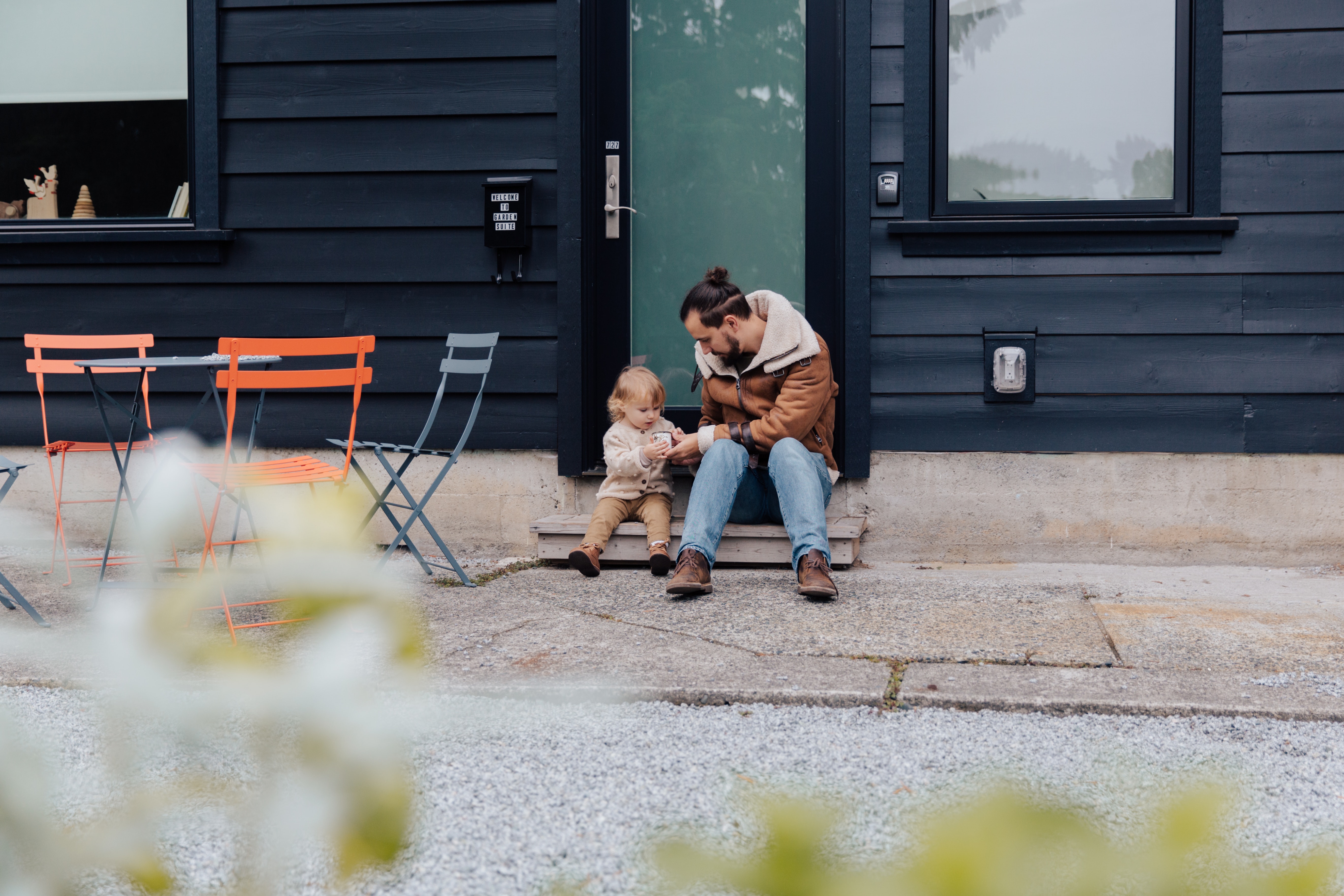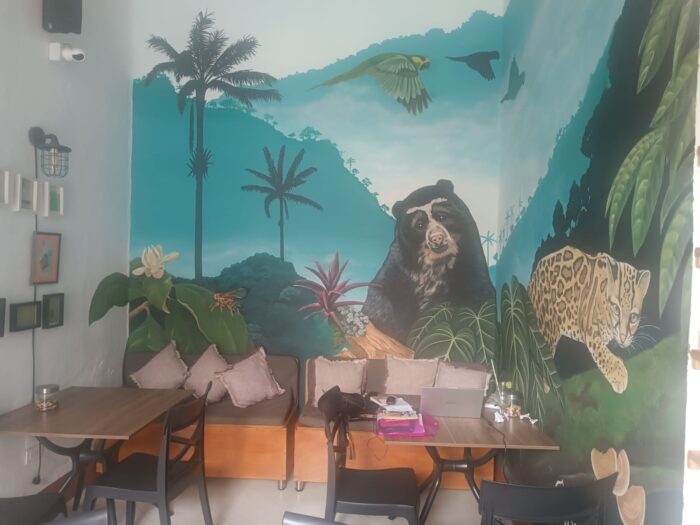Kids acquire language by interaction. Their brain is so mouldable, that just by exposing them to the linguistic landscape is enough for them to capture the words of communication. Later, they start forming simple sentences and, progressively, the complexity and nuances of language develop. Certain strategies have been found to facilitate the kids’ encounter with diverse languages. Starting with our series, here we present some:

Kids acquire languages while interacting Photo by Tatiana Syrikova from Pexels
Addressing the Child
Parents are familiar with the advice to talk to their children. It may sound strange, but there are parents who still consider a waste of time to talk to a newborn or toddler. Why bother when she cannot answer? Why to try while she does not understand? Well, it is precisely in that communication, where the child sits first at the recipient end. And by receiving, his brain is absorbing the language just like a sponge does it with water. They do understand everything, as a recent documentary reveals.
So, regardless of the age: talk TO the child. Address the child in the language you want him to learn. It is normal to use a softer tone, to choose “happy” and simple words. It is natural to describe the reality in a positive way. They are new on this planet, and we want them to begin their life looking forward to every minute.
You can start by something as simple as describing what you are doing like changing nappies or putting on his piyamas; as you go for a stroll, explain how that singing comes from a bird; explain the ingredients of that cake she sees you baking. Simple sentences to talk to your child is a wonderful first step.
Babbling: not Helpful!
Despite wanting to show as much love and tenderness to your child, when it comes to language: babbling to her is not helpful. Babies could and should babble though! Even later as a toddler, and in early childhood it is normal and acceptable for them to have difficulties in pronunciation. By babbling, the baby is copying the rhythm and sound of the language. But, for the adult and main caregiver babbling should often not be used.
Adult babbling might be “cute”, but it is confusing for the child and counterproductive too. Not only because at a later stage the child is likely to mispronounce the words too, but because it creates a bubble, where no one else talking to the child will speak the same way. Instead, baby talk is a way to address the child by using very simple sentences and words. Baby talking also implies a high pitch and repetition, that may feel unnatural at first, but is key to introducing the actual language to the child, as this study shows.
Each one to His/Her Language!
This is very important for bilingual families: each parent should always speak in the language that comes more naturally to him or her. Mother tongue, or the language which comes out first without effort.
How do I know which language if I am capable of speaking both fluently? Easy!
When you come across a cute kind dog/cat in the street, which language comes instinctively when you reach for a pet? Which language do you naturally use when fondling a baby? There you go: that is the one language you can express your emotions the best. Thus, that’s the one you use with your children.
My mother tongue is Spanish, I also speak English fluently and German at an intermediate level. The mother tongue of my child’s father is a Bayerisch German dialect. However, since he has been living in Switzerland for more than 15 years: Swiss dialect has become his main spoken language. When our little one was born it was clear: that I would address the baby in Spanish while he does in Swiss German.
Two years old now, our little one is perfectly capable of understanding both languages and uses words from both languages distinctly. I cannot even picture myself expressing my love to her in any language other than my own.
Some Little Effort Does Not Harm
As far as we know, children have the capacity to acquire different languages. However, as they advance in their speaking and communication, some differences develop in the level of progress between the languages depending on which one was the most dominant. And over time, they begin to feel more confident expressing emotions and thoughts in one language. Socialization with other children will necessitate the use of others.
In short, there is a kind of unconscious choice in the making, and in order to give room and balance for each, parents or caregivers will need to put in some effort to facilitate the process.
In the next topic in this series we will explore tools parents can use to contribute to their child’s language learning process from an early age to not only make the best use of opportunities among friends, relatives and teachers but to also not be worried that their children may be learning too slow or too little.
Language acquisition in bilingual families should be fun and enriching rather than worrying and stressful. Follow our series to know what you can do if you find yourself raising a bilingual child. If you have experiences to share, or questions to ask please write in the comments section.
By Luisa Trujillo – @lutmadev


